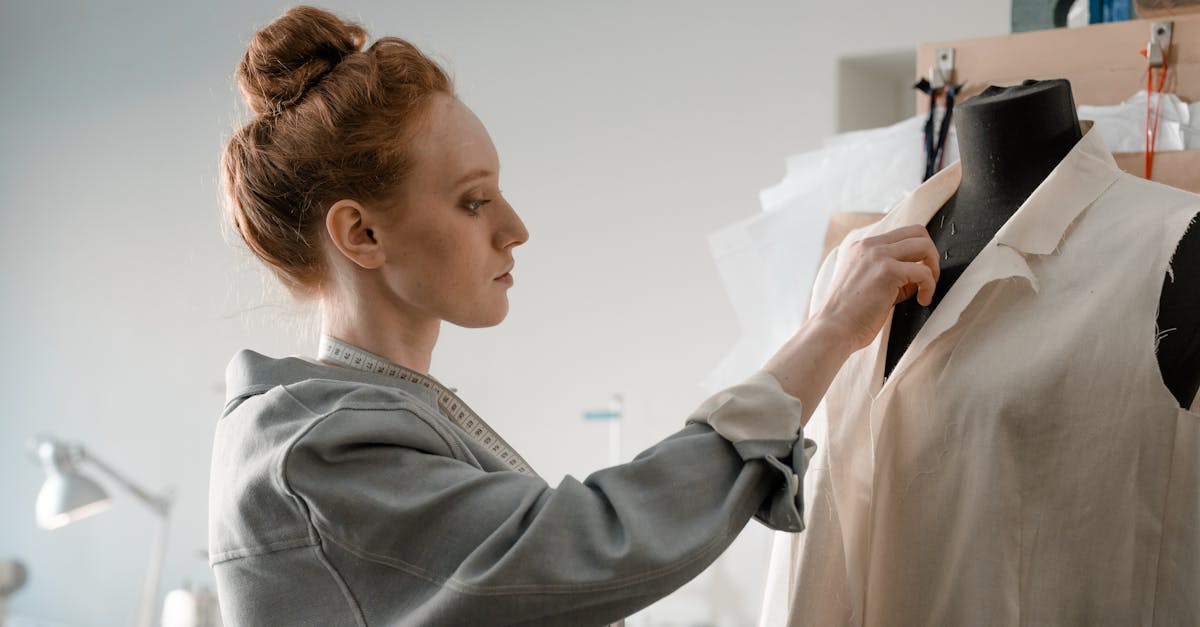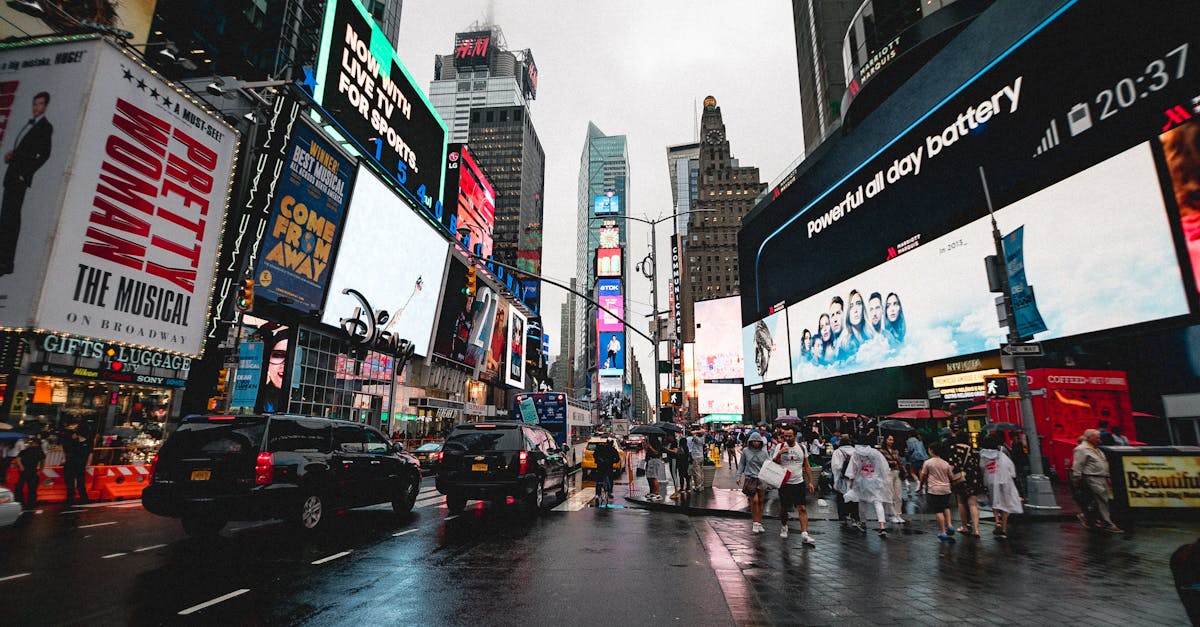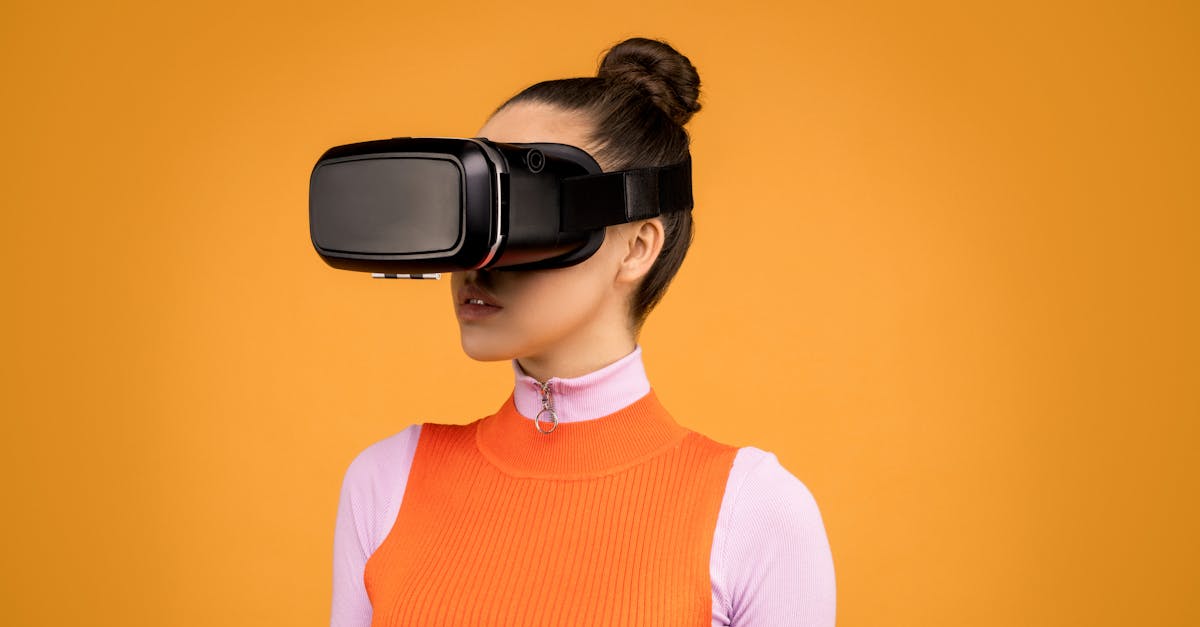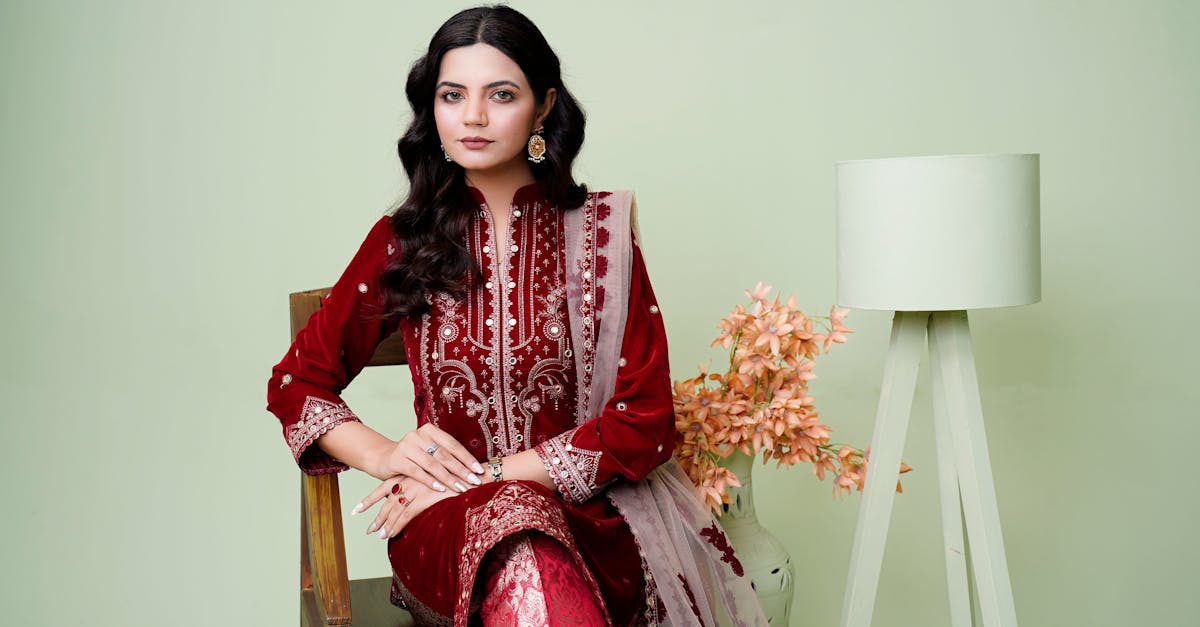Futuristic Fashion Insights 2025
Introduction
As we step into 2025, fashion is not just about fabric and patterns; it's an intersection of art, technology, and sustainability. The definition of fashion is constantly evolving, with modern innovations shaping how we express our individuality. With the advent of smart textiles, eco-friendly materials, and digital fashion, traditional boundaries are being blurred. How are designers pushing creative limits in the digital age? What role does technology play in redefining industry standards? Join us as we delve into the mesmerizing world of futuristic fashion and its implications for the style-conscious.
Advertisement
Smart Fabrics and Wearables
In 2025, clothing has become smarter, integrated with technology to provide more than just aesthetic appeal. Smart fabrics, infused with microchips and sensors, enable garments to monitor health metrics like heart rate and temperature. Fashion meets function as wearables can adjust to environmental conditions, offering UV protection or maintaining optimal body temperature. Fitness enthusiasts and tech lovers embrace this innovation as it seamlessly merges style with practicality. Companies have begun to collaborate with tech giants to enhance everyday functionality, epitomizing a futuristic blend of aesthetics and utility.
Advertisement
Digital Fashion Revolution
The notion of owning clothing that exists only in the digital realm has gained traction. Through augmented reality (AR) and virtual reality (VR), digital fashion offers endless stylistic possibilities without contributing to material waste. Social media influencers and models wear these pieces online for their followers, broadening fashion horizons beyond tangible garments. Designers leverage 3D rendering software to create stunning virtual outfits, making fashion both accessible and sustainable. The rise of digital fashion houses is testament to society’s willingness to embrace change and innovation.
Advertisement
Sustainability and Eco-Friendly Materials
Amidst environmental concerns, the industry has shifted towards sustainability by exploring recycled and biodegradable materials. Brands are crafting clothing from unusual sources such as mushroom leather, algae fibers, and recycled ocean plastics. These innovations not only reduce waste but also promote a circular economy, minimizing environmental impact. Fashion-forward consumers increasingly favor eco-conscious brands, supporting a movement that celebrates authenticity and responsibility. The confluence of environmental advocacy and fashion creativity is shaping the future, cultivating a new narrative for the industry.
Advertisement
3D Printing in Custom Fashion
In the realm of personalized fashion, 3D printing has emerged as a groundbreaking tool. Designers use this technology to create bespoke garments tailored to individual measurements, reducing fabric waste. 3D-printed clothes offer intricate designs unattainable by traditional methods, fostering a personalized shopping experience. The process allows for on-demand production, ensuring consumers only buy what they need. As costs decrease, this technology becomes more accessible, signaling a shift towards customization and conscious consumption.
Advertisement
AI in Fashion Design
Artificial intelligence (AI) has disrupted traditional design processes by offering innovative solutions for pattern creation and fabric choice. Through machine learning, AI analyzes trends and predicts future fashion, assisting designers in making data-driven decisions. AI-driven platforms have streamlined supply chains, optimizing inventory management and reducing overproduction. With AI personalization tools, brands create unique shopping experiences, recommending styles that align with individual preferences. AI integration is driving innovation, presenting endless possibilities for the future of fashion.
Advertisement
The Role of Virtual Fashion Shows
Traditional runway shows have transformed through the use of virtual platforms, reaching wider audiences while minimizing logistical costs. Utilizing AR and VR, designers create immersive, interactive experiences for global viewers. Virtual fashion weeks have democratized access, allowing anyone with an internet connection to witness the debut of new collections. This shift not only accommodates pandemic-era constraints but also sets a precedent for an inclusive fashion industry. Virtual shows highlight the boundless creativity of designers and the adaptability of the fashion landscape.
Advertisement
Cultural Integration and Diversity
As fashion becomes increasingly globalized, cultural diversity and inclusivity are at the forefront. Designers draw inspiration from various cultures, weaving them into innovative designs that celebrate global traditions. Diverse runways feature models of all ethnicities, sizes, and genders, promoting representation in the industry. Campaigns focus on community engagement, embracing varied narratives while maintaining cultural sensitivity. The blending of cultural themes fuels originality and relevance, signifying a united global fashion community that respects and celebrates differences.
Advertisement
Future Retail Experiences
Brick-and-mortar stores are evolving into experiential spaces that engage customers through technological innovations. Smart mirrors and virtual fitting rooms enhance the shopping experience by providing realistic previews of garments in different settings. Retailers integrate app-based services, combining online and in-store experiences to offer seamless shopping. Curated store layouts prioritize buyer interaction and personalization, creating an inviting environment. These cutting-edge retail strategies cater to tech-savvy consumers, setting the stage for a dynamic future in fashion commerce.
Advertisement
Conclusion
As we glance at the horizon of 2025, fashion is undergoing remarkable transformations driven by technology and sustainability. A harmonious blend of digital and physical elements is reshaping the industry, fostering innovation and creativity. Traditional fashion paradigms are giving way to modern solutions, championing personalized, eco-friendly, and diverse narratives. Designers continue to explore new frontiers, challenging norms to cater to evolving consumer interests. The future of fashion promises to be as limitless as our imagination, embracing a world where creativity knows no bounds.
Advertisement








